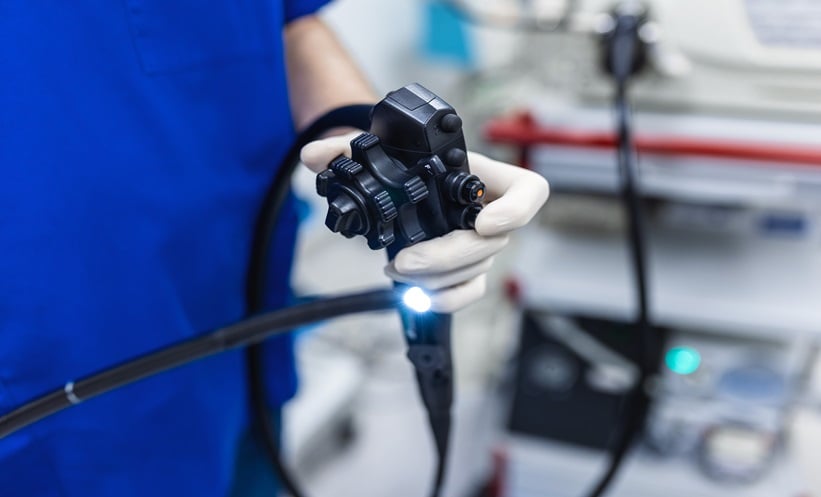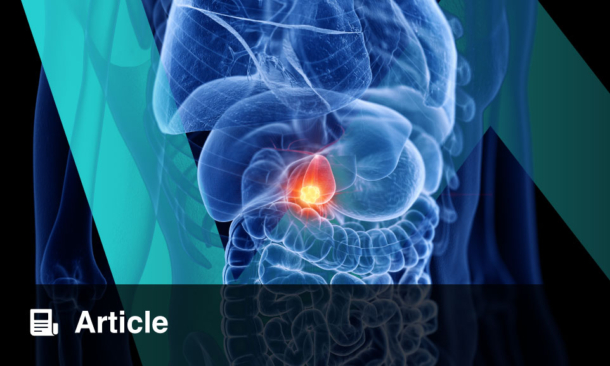A NEW study highlights the potential role of trimethylamine N-oxide (TMAO)—a metabolite produced by gut microbiota—in predicting the risk and progression of abdominal aortic aneurysms (AAAs).
The prospective cohort study analyzed 237 patients in Sweden and 658 in the United States, all undergoing surveillance imaging for AAA. Elevated circulating TMAO levels were strongly associated with higher risk of developing AAA, faster aneurysm expansion (≥4.0 mm per year), and greater likelihood of requiring surgical intervention (≥5.5 cm diameter or rapid growth).
In the European cohort, patients with elevated TMAO had nearly triple the odds of fast-growing AAA (adjusted odds ratio [aOR] 2.75, 95% CI 1.20–6.79) and recommended surgical intervention (aOR 2.67, 95% CI 1.24–6.09). Findings were consistent in the US and combined cohorts, with similar risk elevations. Importantly, adding TMAO to traditional cardiovascular risk models significantly improved prediction accuracy for both AAA progression and surgical need.
These results suggest that TMAO testing could complement existing risk stratification strategies, helping clinicians identify patients who may benefit from more frequent monitoring and earlier surgical evaluation.
The study underscores growing evidence of a gut-vascular connection, with TMAO already implicated in cardiovascular disease and now emerging as a potential biomarker for AAA management.
Reference
Cameron SJ et al. Circulating Trimethylamine N-Oxide and Growth Rate of Abdominal Aortic Aneurysms and Surgical Risk. JAMA Cardiol. 2025;DOI: 10.1001/jamacardio.2025.2698.








